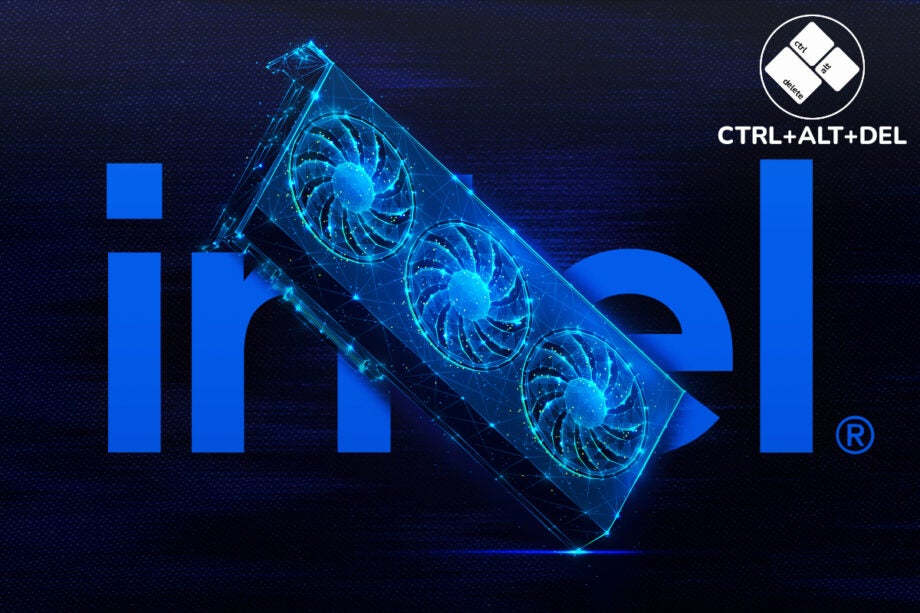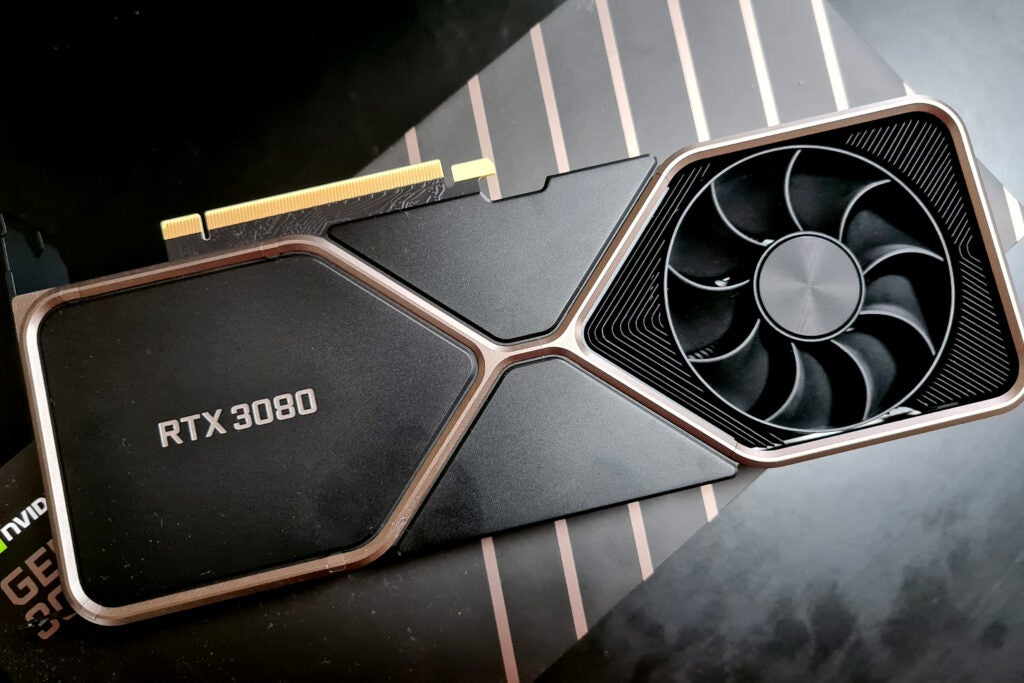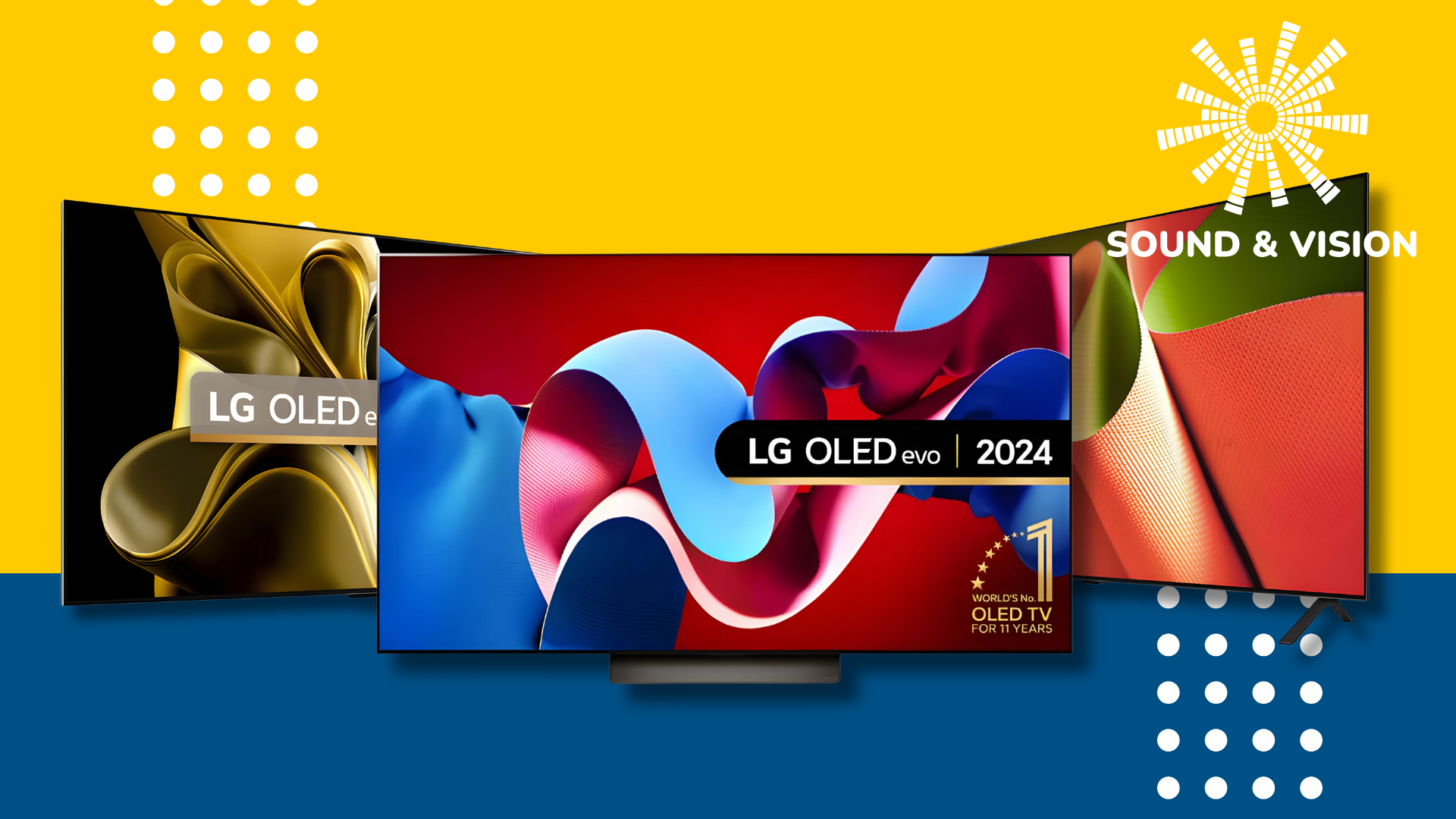Ctrl+Alt+Delete: Intel can’t rely on GPU specs to compete with AMD and Nvidia

OPINION: Intel has confirmed that it will be unveiling its new Intel Arc Alchemist GPUs for laptops on 30 March, as the company looks set to go toe-to-toe with AMD and Nvidia in the graphics market.
Intel is obviously no stranger to computer components, having seen huge success with its processor ranges, and frequently tussling with Samsung to be named as the world’s largest semiconductor chip manufacturer.
Intel even has experience with graphics, recently making big strides with the Intel Xe integrated GPUs which are built into its Intel Core chips. In fact, between 2009 and 2021, Intel was the biggest vendor in the PC GPU market worldwide, with a whopping 62% market share according to Statista.
But the discrete GPU market is a completely different challenge for Intel, with AMD and Nvidia so dominant in this area. So tough is the competition, that Intel can’t rely solely on powerful GPU specs in order to be successful.
While there’s no doubt that Nvidia’s 30-Series and AMD’s Radeon 6000 series graphics cards are incredibly powerful, it’s not just the specs that make these GPUs so appealing.
Nvidia’s killer feature this generation has been DLSS, an AI rendering technology that’s capable of boosting the performance of a game without seeing a significant downgrade to the visual quality. This allows low-powered hardware to run games at high resolutions, or even offset the performance drop you’ll see when activating ray tracing.
Intel already has its own take on DLSS, and it’s called XeSS (Xe Super Sampling). However, Intel has confirmed that XeSS will be open standard, which means it will be available on a wide range of hardware. But as seen with AMD’s FSR, such flexibility has major consequences.
FSR hasn’t been able to offer the same level of graphics quality as DLSS, mainly because the latter leverages the power of the tensor cores exclusively found on Nvidia 20-series and 30-series GPUs. As a result, it’s unlikely that XeSS will offer the same near-native quality as DLSS.

Intel has more chances of competing with AMD’s FSR technology, but even that could be a struggle. AMD has already confirmed that it will be launching FSR 2.0, as the company looks to improve the upscaled picture quality. We haven’t been able to test Intel’s take on the technology just yet, but I’d expect it to be a little bit behind AMD, for the simple reason that Intel Arc Alchemist GPUs are not available yet, so the company will need more time for refinement.
This is the key issue that Intel faces. AMD and Nvidia have had many years to refine all of its software features that enhance gaming performance, so Intel will be forced to play catch up.
It’s not just DLSS that’s important to consider either. AMD’s Radeon Boost ensures a high frame rate during fast motion, while Radeon Anti Lag helps to reduce input lag. And then over on team green, we have Nvidia Reflex which reduces system latency and the optional Nvidia Studio drivers that allow you to optimise GPU performance for creative apps instead of video games.
All of these features may have a relatively small impact individually, but combine them all together and you’ve got a far superior experience than you would without them. There’s nothing stopping Intel introducing a similar feature set for its Arc Alchemist GPUs, but it’s going to take time to reach the same level as AMD and Nvidia, which have both been continuously updating their software for a number of years.
Intel’s even lagging behind for its companion application. The Intel Command Center, which can be used to tweak settings and download the latest graphics drivers, looks painfully basic and bland. Nvidia’s GeForce Experience and AMD Radeon Software are far superior options, offering more features while also having a design that appeals to gamers instead of office workers.
That touches upon a wider point, as Intel isn’t exactly the most charismatic of companies. Check out its Intel CES 2022 news event back in January, and while it’s incredibly informative, it does feel a bit like a formal business meeting.
Then compare that to Nvidia’s CES presentation, which feels far more engaging thanks to snappy and visual demonstrations, and a brisk pace to prevent viewers getting bored. AMD is great at this too, with CEO Dr. Lisa Su excelling as the showcase’s host and becoming a likeable personality among the fan base.
Does that really matter? I’d argue so. Gamers are extremely tribal, and can be swayed by a company’s engagement with a fan base. AMD and Nvidia both have really loyal and passionate fan, which can only be attained by building up trust and improving engagement with consumers over a number of years. Google found this to be the case when struggling to lure fans away from the PlayStation and Xbox brands, despite Stadia’s revolutionary technology. Intel has an equally big job at hand to disturb the status quo in the graphics market.
Don’t get me wrong, it makes a lot of sense for Intel to enter the graphics market right now, and increased competition is always a positive thing. But it’s going to take a long time to truly challenge the juggernauts that are AMD and Nvidia. Impressive specs is a great starting point, but Intel will also need to build up trust and expand its software offering if it’s ever going to see the same success with discrete GPUs as it has with processors.
Ctrl+Alt+Delete is our weekly computing-focussed opinion column where we delve deeper into the world of computers, laptops, components, peripherals and more. Find it on Trusted Reviews every Saturday afternoon.








